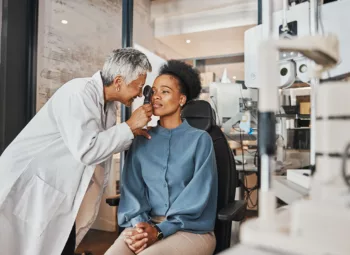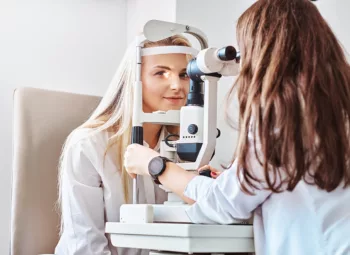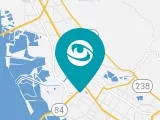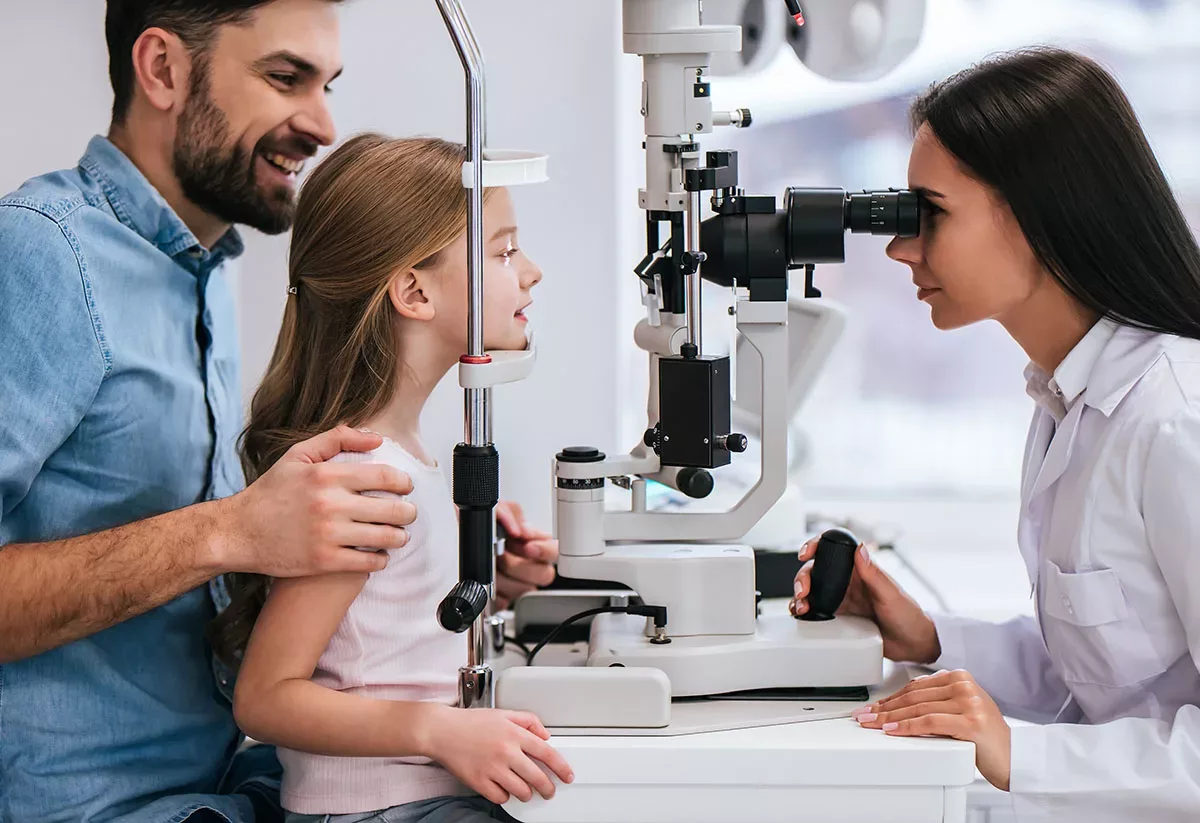
As a parent, you always want your child to be healthy and comfortable, but sometimes subtle signs of potential eye or vision issues can go unnoticed. In this comprehensive guide, we’ll explore some common indicators that could suggest a child is experiencing symptoms of an eye condition. When it comes to your child’s vision health, a comprehensive eye exam with a skilled ophthalmologist can help identify potential concerns and determine the best ways to help your child get back to feeling their best. Identifying these signs early on can lead to timely interventions and ensure your little one’s eye health is on track for a bright and successful future. Read on to learn about signs your child should see an eye doctor, so you know when it’s time to schedule an appointment.
1. Pain, Discomfort, or Trouble Seeing
If your child is experiencing any pain, discomfort, or trouble seeing, go to an eye doctor or an emergency medical facility immediately. These signs can be indicators of an eye infection, or a number of different eye conditions, possible head trauma, and more. In any scenario where a child experiences any pain or a sudden change in their eye(s) or vision, it is incredibly important that you seek emergency medical care as soon as possible.
2. Holding Objects Close to Their Face
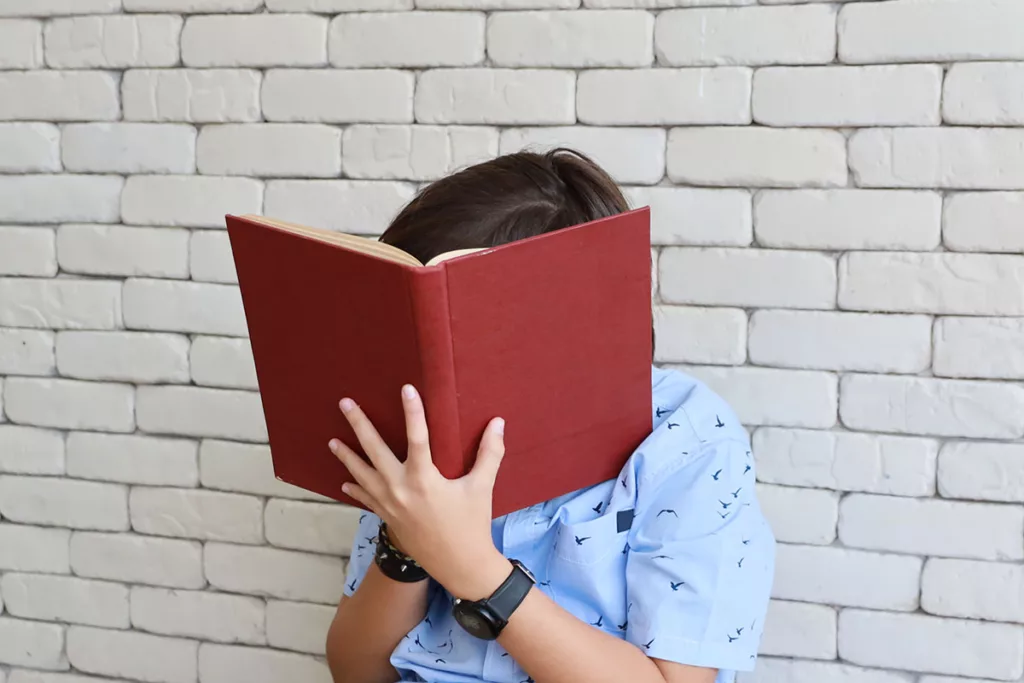
One of the symptoms of poor vision that caregivers often notice first is a child sitting too close to the television or holding other digital devices closely to their face. If your child frequently holds objects close to their face, this could be an indicator of nearsightedness (myopia). This can make it challenging for anyone to smoothly navigate essential everyday tasks, especially young students whose schoolwork likely requires a lot of focus. If you notice this symptom in your child, a vision exam from an eye doctor can help rule out any potential eye conditions and determine the best treatment for their specific vision needs.
3. Poor Visual Tracking
Visual tracking refers to a person’s ability to effectively follow an object with their eyes without moving their head: horizontally across both ways, vertically across both ways, and in circular motions. As you read this sentence, word by word, from left to right without losing your place, you are actively using your visual tracking skills. (Great work!)
Babies typically begin to develop the ability to visually track faces at close distances at two to three weeks of age and by six months they can usually shift their eyes from one object to another without moving their head. As children begin reading and writing, symptoms of poor visual tracking can become more pronounced such as always using their finger to keep their place or writing irregularly or at a constant slant.
If you believe your child is showing symptoms of poor visual tracking, an eye doctor will be able to provide a diagnosis and comprehensive treatment plan after a simple and non-invasive exam.
4. Difficulty in School
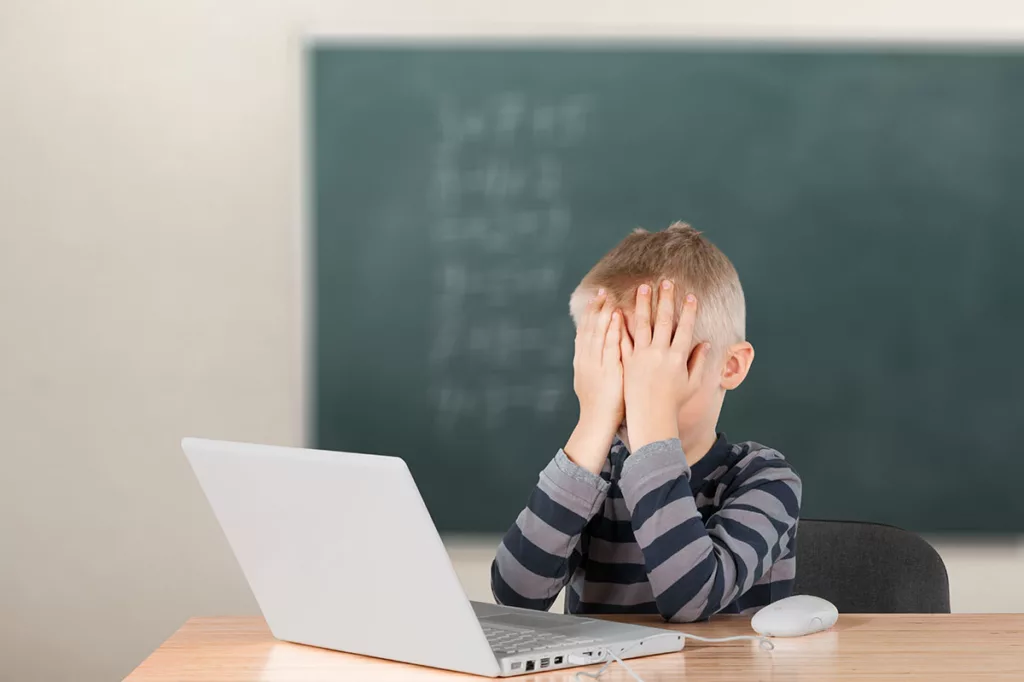
At school, your child is expected to complete tasks that use coordination, concentration, and perception skills—all of which can be challenging if they’re having trouble seeing properly. Some of the most common indicators your child may need to see an eye doctor for a vision exam include:
- Trouble paying attention in class
- Mixing up similar letters like “b” and “d”
- Challenges with spatial awareness, hand-eye coordination, or depth perception
- Your child frequently loses their place while reading
- Lower reading and/or writing comprehension
- And more
While difficulty in school can be attributed to many things, a simple vision exam can be a quick and simple way to determine if a child’s eyesight is a contributing factor.
5. Squinting
When kids squint a lot to see an object or image in the distance such as the TV or classroom board, it could be an indicator of a vision issue. Squinting is one of the most common signs of nearsightedness (myopia) or astigmatism, which are both extremely common refractive errors that make it hard to see clearly. Many children either don’t have the words to tell you something is wrong or have just been dealing with blurry vision for so long they think it’s normal. This is why it’s important for children to see an eye doctor if you notice signs of excessive squinting.
6. Headaches
Did you know that headaches can be a sign that your child might need glasses? If your child has farsightedness (hyperopia) or astigmatism, this can make them vulnerable to headaches after completing activities that can cause eye strain, such as reading, writing, or working on the computer. This is because your child’s eye muscles are working overtime to help them complete these high-focus tasks. An eye doctor can prescribe your child glasses as needed to help them focus without the aches.
7. Lazy Eye (Amblyopia)
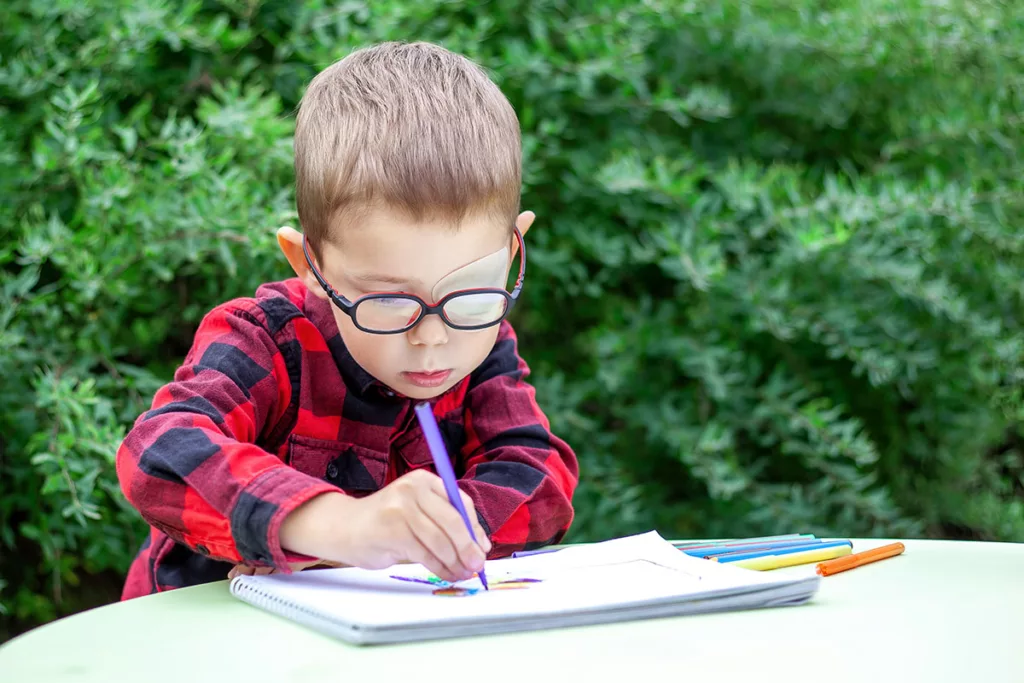
Amblyopia, also called “lazy eye,” occurs during early childhood as one eye develops good vision, while the other eye does not. The eye with poor vision, the “lazy eye”, is called amblyopic. If you suspect that your child has a “lazy eye,” you should take them to an eye doctor as soon as possible, since childhood is the best period to successfully correct amblyopia. The sooner it is addressed, the better off your child’s vision quality will be later on.
8. Eyes Appear Red, Swollen, or Irritated
Eyes that appear red, swollen, or irritated are often signs of inflammation due to allergies or an eye infection. Since young children often rub their eyes with unclean hands, irritation from contaminants like dirt, sand, and other debris is common. In these scenarios it’s important to flush their eyes with lukewarm water as soon as possible to avoid potential infection or damage to their eye. If the area around the eye becomes inflamed, or the issue persists, it’s important to see an eye doctor as soon as possible. Red, itchy, or swollen eyes can signify very serious conditions like an infection, pink eye, or possible bacterial infections in the eyelid. If you notice any of these symptoms in your child, it’s important to seek emergency care.
9. Droopy Eyelid
Droopy eyelids in children can be caused by a number of things including genetics, injuries, infections, and more. Sudden eyelid dropping is a common symptom of eye styes, which is an infection that manifests as a red, often painful bump on the eyelid. Since styes can often cause mild swelling, this can result in the eyelid appearing droopy. Seasonal allergies and other infections can also cause this symptom. If the condition persists or becomes chronic, an eye doctor can help you determine the underlying cause and provide a treatment plan.
A droopy eyelid could also be a sign of pediatric ptosis, which can develop in early childhood. Ptosis is typically the result of the eyelid muscle developing improperly, or becoming weak or damaged due to an injury. If left untreated, ptosis can lead to a lazy eye (amblyopia) or astigmatism, which might cause vision limitations down the road.
10. Light Sensitivity
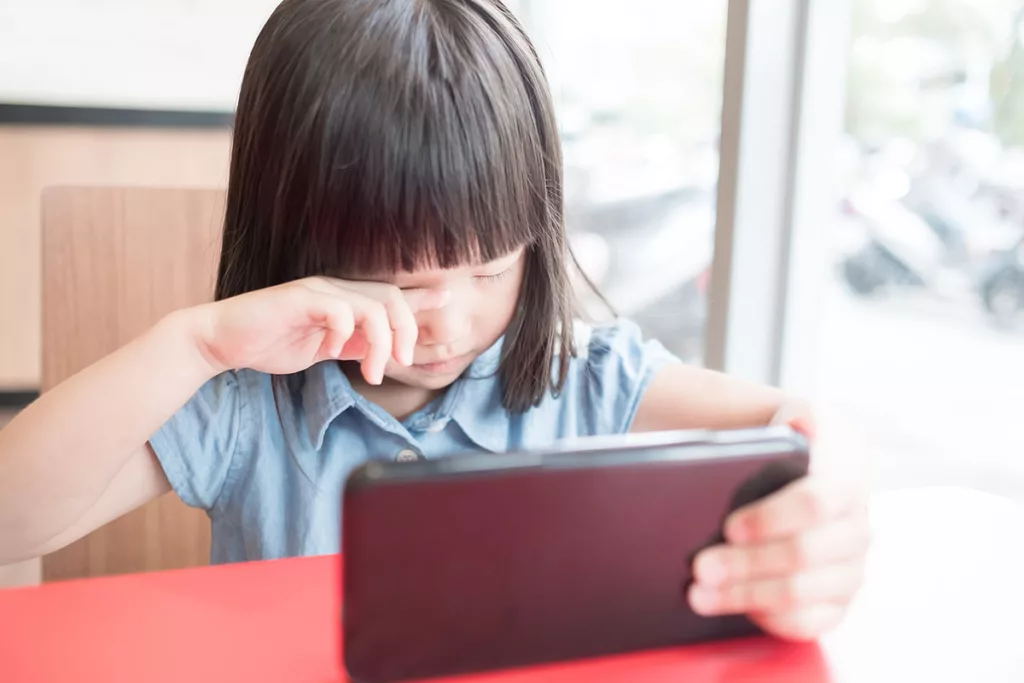
If your child is constantly touching or rubbing their eyes, complaining about eye pain, or squinting excessively, they might be experiencing light sensitivity. Light sensitivity can be a symptom of many concerns including corneal abrasion (scratched eye cornea) or conjunctivitis (pink eye). Both of these conditions can be painful, and your child will need to be treated as soon as possible to promote proper healing. For minor abrasions and infections, an eye doctor might prescribe drops to soothe and heal the eye. Light sensitivity can also be an indicator of many other conditions, but a simple eye exam can quickly diagnosis or rule out potential eye infections or injuries.
Schedule a Children’s Eye Exam in Union City at NeoVision Eye Center
If your child is experiencing one or more of these symptoms, seeing an ophthalmologist as soon as possible is highly advised. Our trusted Union City eye doctor, Dr. Tandon, can provide an accurate diagnosis and treatment for any eye or vision-related concern. You can schedule an appointment for your child today by filling out the form below or by calling 510-431-5511.
Schedule a Comprehensive Eye Exam for Your Child Today
If you are a Union City resident, you can schedule a comprehensive eye exam with NeoVision by filling out the form below!
"*" indicates required fields

